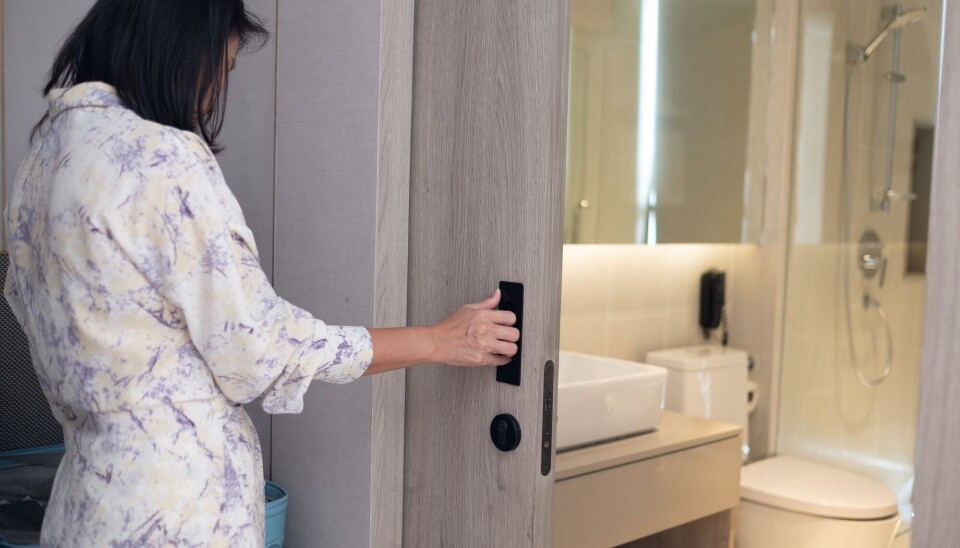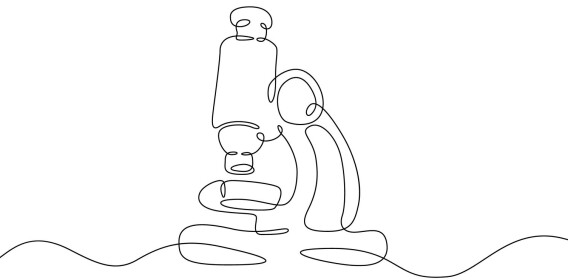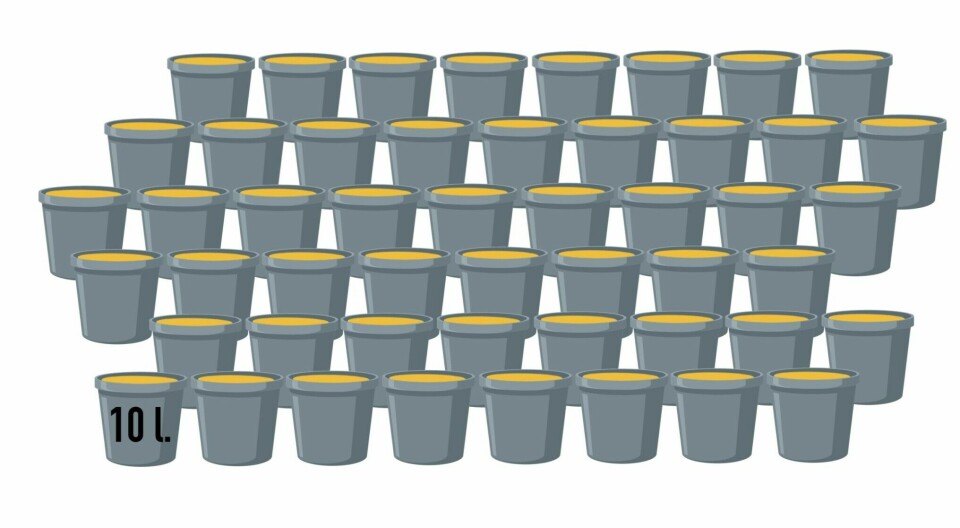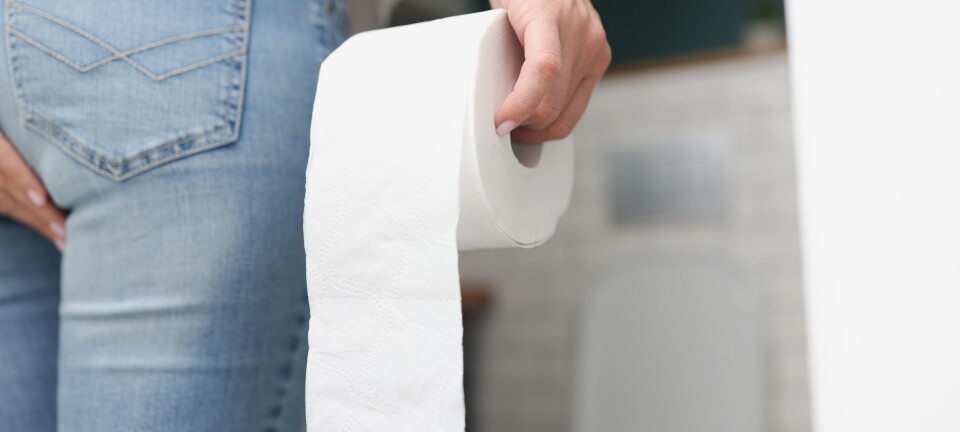Is it a good idea to pee when you don't need to?
ASK A RESEARCHER: "Generally, it's a good idea to drink when you're thirsty and pee when you feel the need to," says professor.

"Has everyone been to the bathroom?"
This is the ultimate question for all parents of young children before setting off on a long car ride, heading to the cinema, or going somewhere where a kid needing to pee could create an inconvenient situation.
For some, making an extra trip to the bathroom 'just in case,' every now and then, is perfectly fine.
But if you do it too often, your bladder gets used to being emptied more frequently than necessary.
This can result in a rather vicious cycle.
Don't do it often
According to researcher Anne Cathrine Staff, we should not pee when we don't actually need to.
She is a professor of obstetrics and gynaecology at the University of Oslo and has previously researched urinary and anal incontinence in pregnant women.
She says that at the very least, we should not do it too frequently. If you do, your bladder can become accustomed to being emptied more often than necessary. Over time, the bladder becomes less elastic, which means the urge to pee comes before the bladder is actually full.

This leads to a vicious circle: You have to urinate more and more frequently because you have trained your bladder to empty itself without being full.
Eight bathroom breaks a day
The number of trips to the bathroom varies significantly from person to person, Staff points out.
The average is eight times a day, according to the website of St. Olavs Hospital (link in Norwegian).
"And up to ten times a day is not unusual," says Staff.
She clarifies that the advice to only pee when you feel the need to applies to people who do not have bladder disease or untreated diabetes.
She encourages people to consult their doctor if their drinking or urination patterns change.
"Generally, it's a good idea to drink when you're thirsty and pee when you feel the need to," she says.
It's possible to retrain your bladder
There is still hope for your bladder, even if you always take an extra trip to the bathroom before bed 'just in case.'
It is entirely possible to retrain the bladder to regain its elasticity.
Bjørn Steen Skålhegg is a professor at the University of Oslo's Institute of Basic Medical Sciences.
He explains that people with an overactive bladder are treated through bladder training.
The key is to hold it in.
Most viewed
If you notice over time that this help and that you need to pee less frequently, you can gradually extend the time between bathroom visits, according to Skålhegg.
"Try to wait three to four hours between each visit," he advises.
Skålhegg notes that this approach primarily applies to those with an overactive bladder.
Strong and sudden urge to urinate
An overactive bladder is characterised by a strong or sudden urge to urinate, especially at night, and it affects both women and men.
However, it is more common in women. Up to 30 per cent of women over the age of 65 experience it, compared to 20 per cent of men.
"The cause may be unknown or linked to infections, such as bacterial infections and cystitis," says Skålhegg.
It can also result from diseases of the nervous system, such as Parkinson's. In men, an enlarged prostate may be the cause.
"Regular bladder training is recommended for those with an overactive bladder," he says.
"It's not dangerous to hold it in"
For those who are healthy and do not have an enlarged prostate, the key is to hold off on peeing when possible.
However, Skålhegg reassures that it is not particularly harmful to pee when you don’t necessarily have to.
An empty bladder does not cause physical or physiological harm as long as you are generally healthy, he explains.
"It can be practical to pee before a long drive, flight, or train journey. That way, you avoid needing to stop on the road or use the toilets on planes and trains – some people dislike those," he says.
"It's not dangerous to hold it in, but of course, within reason," he says.
Different bladder sizes
Some have large, and some have small bladders.
This also affects how frequently a person feels the need to pee.
For most people, the bladder can hold between 300 and 500 millilitres of urine before the urge to pee arises. However, there are significant individual differences, according to the Great Medical Encyclopaedia (link in Norwegian).
———
Translated by Alette Bjordal Gjellesvik
Read the Norwegian version of this article on forskning.no
Related content:

Subscribe to our newsletter
The latest news from Science Norway, sent twice a week and completely free.






































